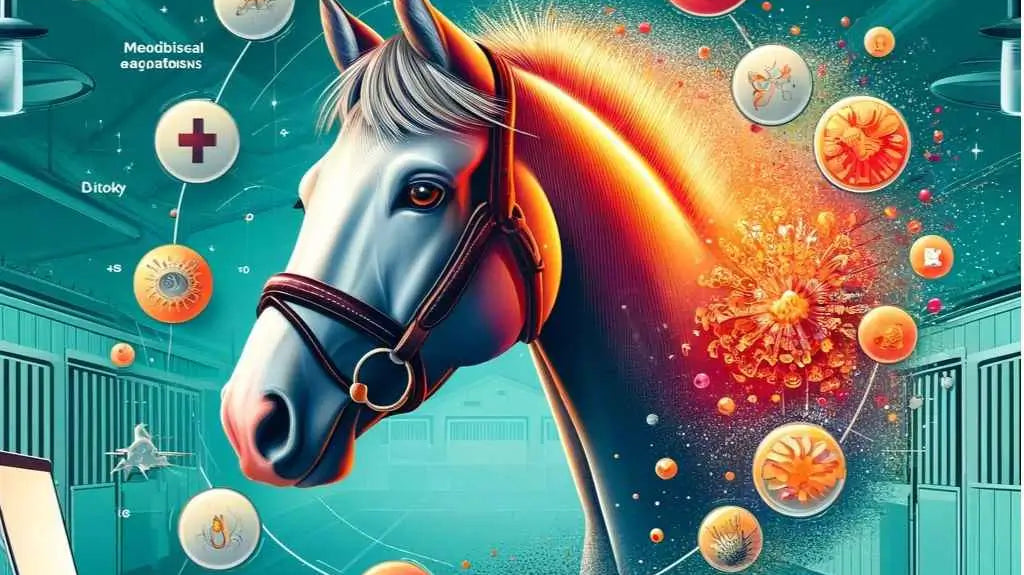Have you ever wondered about the status and wellbeing of the countless thoroughbreds that grace the racing scene each year? No? Well, the good people of Hartpury University, the Horse Welfare Board, and The Racing Foundation surely have. In a remarkable initiative, they conducted the inaugural British thoroughbred census which garnered over 8,000 responses. If that doesn't get your horses neighing with excitement, wait till you hear the rest!
The Bridle Path to Enlightenment
The equestrian community has been rightfully stirred up at this sizable endeavour that's illuminated many corners of horse welfare and management. From unrecorded horses numbering in the thousands to providing insight for horse retraining and rehoming - this census gives the phrase 'horsepower' a new meaning. Can there be another milestone of such magnitude in the equine industry, you ask? Hold your horses and we'll trot into the details.
Data Hooves: A Stable Foundation
Yes, the puns are trotting in, but the process behind the census was no laughing matter. Hartpury University spearheaded this horse-ome endeavour, a name that rings loudly in the corridors of equine research. Their meticulous planning and rigorous data analysis have spearheaded the census and its galloping success. But what's a race without a little support?
Backing the Gallopers: The Role of Equine Organizations
The Horse Welfare Board and The Racing Foundation were the saddle and reins, providing the necessary backing. This furthers their commitments to improving horse welfare and increasing transparency in the equine community.
Unbridled Findings
One of the key takeaways from the census was the massive number of previously unrecorded horses. Not only does this highlight the importance of accurate record-keeping, it also means these horses can hoof it to essential services like veterinary care, retraining, and rehoming. Now that's what we call a neigh-tastic outcome!
RoR Program: Galloping Towards a Brighter Future
The Retraining of Racehorses (RoR) program, dedicated to retraining and rehoming retired racehorses, has significantly benefited from this census. The new data provides invaluable insight into the demographics and welfare of these horses, allowing the program to harness its abilities more effectively.
Rein-ing in More Improvements
While the census results paint an impressive picture, it also raises questions about owner responsibilities for ID document updating and improvements for traceability of horses post-racing. As the equine industry gallops relentlessly towards the future, such topics demand thorough exploration. On a side note, keep your eyes peeled for the development of digital equine ID systems and the establishment of a Central Equine Database. Much like a horse's tail, they're trending!
To conclude, the British thoroughbred census has spurred the equine industry towards improving horse welfare and enhancing transparency. It's clear that the insights from this breathtaking initiative will be empowering researchers, industry stakeholders, and policy-makers in the future. So, let's stay the course and continue to focus on our four-legged friends, because as we all know, a good horse is worth more than riches.
References: Horse & Hound




